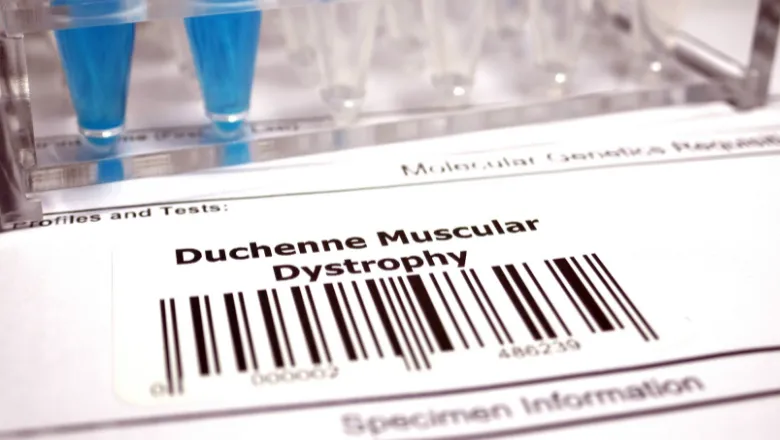Our study provides evidence that Duchenne Muscular Dystrophy affects nerve-muscle connectivity, and we identify a candidate drug that can repair this damage in our experimental system. We gained this insight with a new stem-cell based model of human neuromuscular circuits, which may be closer to the disease in humans than experimental animals, and therefore more suitable for developing new therapies.”
Dr Ivo Lieberam
10 September 2021
First neuromuscular circuit model for Duchenne Muscular Dystrophy
Researchers from the Lieberam lab have successfully controlled the activation of muscle fiber contraction by nerve cells in a culture dish.

Using optogenetics (light–dependent regulation of nerve cell activity), bioengineering techniques and pluripotent stem cells, researchers at King’s and Queen Mary University London (QMUL) have successfully controlled the activation of muscle fiber contraction by nerve cells in a culture dish.
The Lieberam lab, in collaboration with the Lin group (QMUL), have developed the first human-relevant microphysiological model of neuromuscular circuits for Duchenne muscular dystrophy (DMD).
DMD is a terminal disorder caused by mutations is the dystrophin gene. It is the most common neuromuscular disorder in childhood. Patients with DMD experience progressive skeletal muscle weakness and wastage that leads to a loss of mobility and a reduced life expectancy.
Although some of the symptoms of DMD can be ameliorated, there is no effective treatment or cure for the condition. Clinical progress for effective treatments and a cure for DMD has been hampered by a lack of human relevant microphysiological models.
Dr Ivo Lieberam from the Centre for Developmental Neurobiology and the Centre for Stem Cells and Regenerative Medicine at King’s said:
In their new paper, published today by Science Advances, the researchers unveil their model for DMD using patient-derived and gene-corrected neuromuscular circuits in fabricated microdevices, that recapitulate key features of muscle-nerve connectivity in the human body. The authors identified abnormal gene expression in DMD myofibers, including key genes of the neuromuscular junction (NMJ), and showed that DMD compromises NMJ volumes and motor neuron-stimulated myofiber contraction.
In their study the researchers also established an assay for drug screening for restoring NMJ defects and, unexpectedly, found that inhibition of TGFβ signalling using SB-431542 can restore DMD neuromuscular circuits in cell culture, a finding beyond the known role of TGFβ signalling in myofiber homeostasis.
This study presented the first model of its kind for DMD and holds promise for new targets and better therapies for people suffering from DMD and potentially other neuromuscular disorders.
Read the full paper Optogenetic modeling of human neuromuscular circuits in Duchenne muscular dystrophy with CRISPR and pharmacological corrections in Science Advances.

